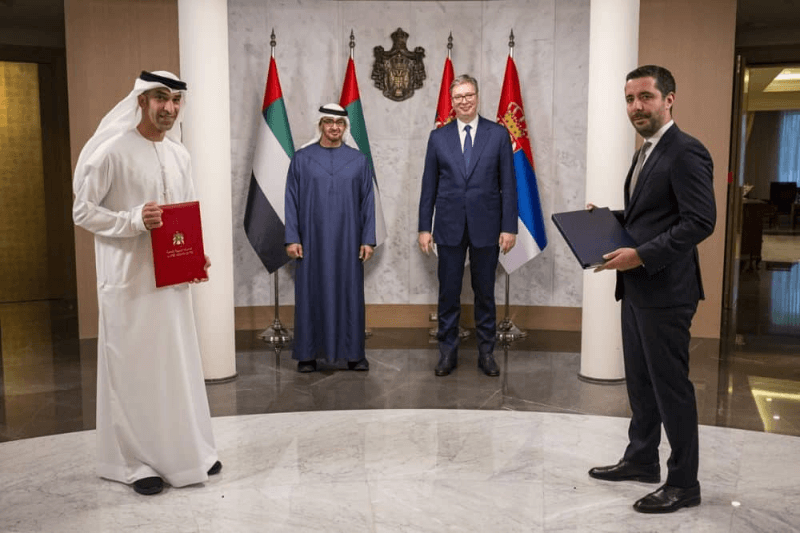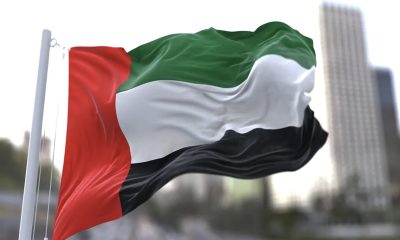The United Arab Emirates and Serbia have sealed a historical Economic Partnership Agreement (CEPA) that aims to bring the value of trade within five years to $500 million. This is after both presidents, of UAE Sheikh Mohamed bin Zayed Al Nahyan and Serbia’s Aleksandar Vučić, agreed on the economic cooperation deal.
Agreement Highlights and Economic Impact
The CEPA has an enviable tariff-cutting plan of up to 96% across customs lines, which goes a notch higher than the deals with the WTO members. Dr. Minister of State for Foreign Trade Thani bin Ahmed Al Zeyoudi expects the deal will add as much as $351 million to the UAE’s gross domestic product by 2032. At present the non-oil bilateral trade is $122.9 million; however, the UAE is Serbia’s largest trading partner within the GCC region and constitutes 55% of Serbia’s total trade with the Gulf.
The deal focuses on the priority areas that entail energy, especially green energy, agriculture, food security, construction, and transport. This cooperation relies on Serbia’s production potential, qualified workforce, and rich mineral deposit base, with the UAE’s vision to raise its non-oil foreign trade to $ 1 trillion by 2031 and double its economy to more than $ 800 billion by 2030.
Market Control and Future Outlook
The UAE Serbia CEPA is an important gateway for the Balkans and South East Europe which are full of economic prospects. Therefore, Serbia is the third-largest export market in the UAE in the Middle East and its fourth-largest trading partner among Arab countries and Africa. It is based on established cooperation and creates new prospects for the exchange of information and cooperation in promising industries.
The agreement is launched within the framework of the UAE’s CEPA program launched in September 2021, which now covers several regions, including the Middle East, Africa, Southeast Asia, South America, and Eastern Europe. These sorts of agreements together cover almost a quarter of the global population and place the UAE as an international trading center while supporting its diversification strategies at the same time.






















